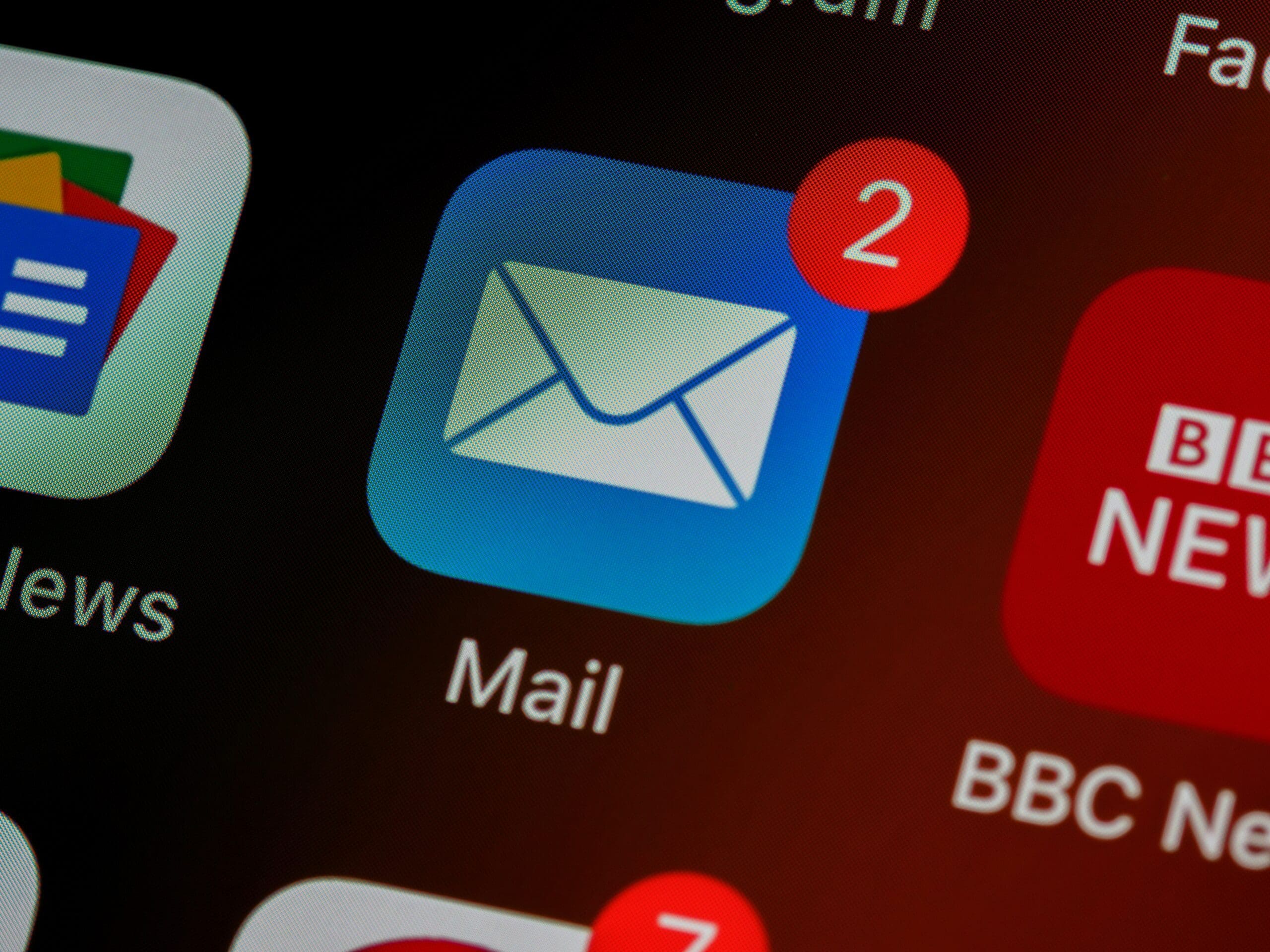How to Create an Email Marketing Strategy

Connecting with customers has never been more direct and personal than through their inboxes. Email marketing, if done right, is more than just sending out newsletters; it’s about forging a deeper relationship, understanding preferences, and delivering value consistently. This guide will navigate you through the essentials of creating a robust email marketing strategy, ensuring your message doesn’t just reach the inbox but also makes an impact.
Building a List
The first step to email marketing is to build a list of email addresses. The easiest way to do that is to start collecting the email addresses of anyone who buys your product. Whether that’s a mandatory field they fill out at checkout, along with their address and payment details, or a login they use for future purchases on your account, you should be able to get an email address from nearly everyone who purchases from you.
One crucial detail: make sure you tell them that you’ll be using their email for marketing purposes. Lots of sites make it an opt-out option — either a box they check that says “don’t send me marketing/news emails” or one that’s checked by default that says “I agree to let my email be used for marketing purposes.” Make sure it’s clear that you’re not selling your lists to anyone else, just using them for your own purposes.
People are expecting their receipt for a purchase, renewal notices, shipping notices, and so on to come by email — what they’re less thrilled about is getting emails that they didn’t ask for. Don’t be misled by pure numbers, though — if people are given a clear choice, the total number of people on your list will be smaller, but they’ll all be people who made a conscious decision to sign up. Engagement is preferable to sheer quantity.
A Note About General Data Protection Regulation (GDPR)
GDPR is the law that came into effect in the EU in May of 2018, which drastically changed the privacy and data collection rights of consumers in Europe. It has also changed the way email marketing is done — if you can be absolutely certain that you don’t have any European customers, then it doesn’t apply to you; otherwise, you need to know how to navigate it.
First of all, email marketing can only be conducted toward people who have given affirmative, informed consent. This means that customers have to opt into email marketing — if you have a checkbox at checkout that says “sign me up for email newsletters,” it has to be unchecked by default, and it has to clearly state what they’re signing up for.
GDPR also means that consent requests have to be separate from other terms and conditions. You can’t lump it in with agreeing to receive a receipt or agreeing to the terms of some software application. Requiring an email address to download a whitepaper or something similar is still allowed, but a customer who provides an email address to access a download is not inherently consenting to being put on your marketing list.
Finally, you need to be keeping evidence of consent — who gave it, when they gave it, and how they did it. Your CRM should be able to tell you that John Smith entered his email on the newsletter landing page on July 14, 2018. You should also keep track of what customers were told at the time they consented, including any changes you make to your messaging along the way. If they withdraw consent, track that too.
Segmenting Your Email Lists
The downside of all these rules is that your email lists will inevitably get smaller — no more emailing everyone who’s ever shopped with you. The silver lining is that your lists will become much more effective.
Everyone on your email lists is someone who made a conscious decision to hear from you — they’re loyal customers, and they’re interested in what you have to say. This kind of self-selecting audience is exactly what you want for your marketing efforts.
That said, it’s still beneficial to segment your email lists. You really can’t overdo the segmenting — the more data you have on the people on your list, the better you’ll be able to tailor your emails to the people who will like them the most. Segmenting is also a great way to avoid spam filters — one email sent to 50,000 people is much more likely to be flagged than 10 different emails sent to 5,000 people each.
Segments can take a variety of forms. If your business has physical locations, you can segment by people who you know are nearby. If you make men’s and women’s clothes, you can segment your list by men and women so that each person only gets the emails for the clothes they want. If you incorporate purchase history, you could even go further, sending a separate email to men who have bought clothes for women before or vice versa. If you get a new shipment of premium goods from a particular brand, you can announce them only to people who have spent X amount of money on that brand before. The possibilities are endless.
Segmenting should also dictate who you don’t send emails to. Don’t send emails advertising your premium service to people who have already signed up for it. Don’t send emails urging customers to download your new ebook to people who have already done so. Don’t send emails about physical events to people who live too far away to attend. And so on. The more you customize the content you put in front of people, the better they’ll respond to it.
Creating Email Templates
Obviously, more segmentation means more individual emails you have to create and send out, and that gets time-consuming — that’s where templates come in.
The major benefits of email templates are obvious — less time spent building each individual email means you can send more unique emails, which should convert to better open and clickthrough rates.
The other big plus is brand consistency — if all your emails come from roughly the same template, they’ll all look and feel the same, which means that customers swiping through their emails on their phone will instantly recognize that it’s from you before the words even register. That’s a good thing for both you and your readers.
Keep it clean and neat. The average email only gets about 10 seconds of attention, so you don’t want to do too much. That’s not to say that there’s not a place for longer-form newsletters, but it’s often better to put previews in the email that customers can click through if they want, rather than trying to send a 5000-word email. Customers are increasingly reading email on the go, so shorter is better.
Give your emails a good header, including your logo and a few menu options. Don’t overthink it — the main purpose of the header is to make your emails instantly recognizable as your own, not to drive traffic.
Figure Out A Schedule And Strategy
How often should you send marketing emails? There’s no easy answer, as it’ll depend on who you’re sending to, what you’re sending, how long your emails are, and so on. The main thing is not to send too many — according to Constant Contact, 69% of US email users unsubscribe because they’re getting too many emails.
Most marketers send two to three emails a month, with only nine percent of marketers sending six to eight per month. But surveys indicate that might not be enough. According to MarketingSherpa, 61% of users want to receive an email at least once a month, with a full 15% saying they wouldn’t mind an email a day.
If you’re not sure where to start, subscribe to your competitors’ email lists. Take note of what they send and how often they send it, but don’t copy them too closely — they may be working with larger lists or have different business goals than you do.
What are your goals with these emails? Are you trying to drive a purchase directly? If so, you might want to send that type of email less often so as not to seem too pushy. If you’re simply announcing new products or providing news updates, you can send more often.
If you have the means, asking people what kind of emails they’d like to receive — and how often — is a great option. Lots of sites will offer consolidated emails so that instead of getting a few emails a week, customers will get a sort of “digest” at the end of the month that catches them up on everything. Let customers know they might miss out on short-term promos this way, but giving them the choice will make them more likely to stay on your list and open your messages. Keep in mind that if you offer such an option, you’ll have to be able to keep track of who’s subscribed to what, so make sure you have the CRM to handle this kind of segmentation.
Test Everything
Keep an eye on conversions and how much traffic your emails are driving to your site, and experiment with email formats, templates, subject lines, and frequency. Your optimal email strategy will be a moving target, so keep tweaking things to see what works best.
Remember, the email marketing landscape is constantly evolving. As technology, regulations, and consumer behaviors shift, so too should your strategies. Regularly reviewing your goals, monitoring performance metrics, and iterating based on insights can help ensure your email campaigns remain effective and relevant.





